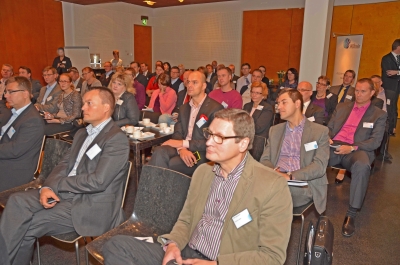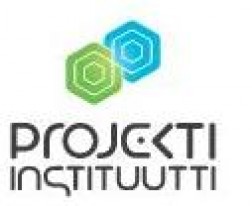”It`s not about what you learn. It`s what you use.”
More than 70 Finnish sales and HR professionals participated in a seminar organized by Wiltrain Oy. Senior Vice President David Yesford from Wilson Learning Worldwide was invited to lead the seminar under the title “Learning as a key factor in organizations’ success.”
The seminar took place in Kiasma, the Museum of Contemporary Art in the heart of Helsinki, Finland on October 22nd, 2013. The venue fit well with the seminar as David Yesford challenged the audience to take another perspective to sales management and learning transfer, just as modern art does with its audience.
In the morning the topic of the seminar was “3 new rules of Success in Sales” whereas the afternoon concentrated on how managers can support their subordinates transfer learning into practice.
3 New Rules of Success in Sales
Research indicates that in today’s demanding economic environment those organizations and sales representatives that manage the following three rules, are successful:
1. Align with customer’s new buying process;
2. Ensure you have the right balance of skills;
3. Make the Sales Manager an enabling resource.
Mr. Yesford especially stressed the importance of the coaching skills of sales managers. According to recent studies, the performance of sales representatives increases 43% if their superiors have excellent competence in coaching.
Focus has to be in learning transfer
The theme of the afternoon is summarized in the sentence: “It`s not about what you learn. It`s what you use”. It is not just a question of learning, but of how what is learned is utilized. Wilson Learning Worldwide has years of experience developing applications to turn training into practice.
Where in the past the training event itself formed 90% of the entire learning experience, nowadays it is only 25%. Other elements are pre-training assessment (10%) and preparation (15%). A learning event in the classroom, online or through an e-learning application is still important, but it is supported by pre-assessment and preparation, as well as post-event work to embed learning. The actual training (regardless of whether it is classroom training, e-learning, web-sessions or a combination of these) is followed by a sustain–phase (50%) where the biggest effort is put today.
Text: Risto Kauppinen/ Martti Kouhi
Picture: Ari Kantola
Wiltrain Oy, a Wilson Learning company





